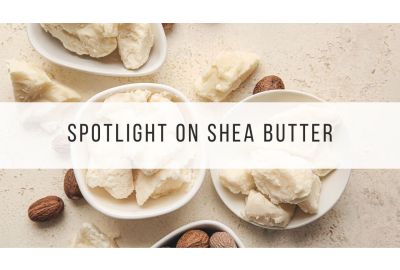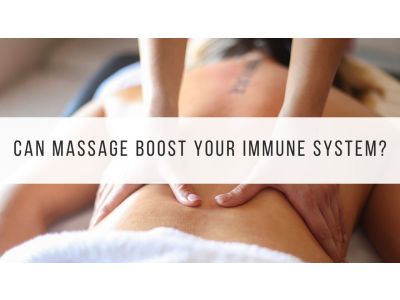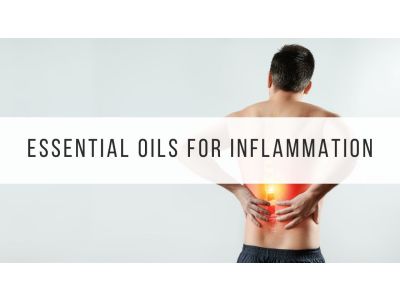A common ingredient in cosmetics – especially moisturisers – you will likely have seen shea butter listed as an ingredient in at least one of your cosmetic products at home. In fact, it's an ingredient we use in our very own natural lip balms. But have you ever considered why shea butter is such a popular choice in the cosmetics industry?
In this blog, we’ll be exploring the top uses and benefits of this natural substance, and what makes it such a skin-friendly product.
What is Shea Butter?
Shea butter is simply the fat that’s extracted from the nuts of the shea tree, which is native to West Africa. It remains solid at warm temperatures and has an off-white or ivory colour. With its high concentration of vitamins and fatty acids, it has been used as a gentle and natural cosmetic ingredient for centuries.
Why is Shea Butter So Beneficial for the Skin?
Shea butter’s excellent skin benefits are thanks to its chemical makeup. Namely, its fatty acids and vitamins.
Shea butter contains linoleic, palmitic, stearic, and oleic fatty acids, which can balance the oils of the skin. It also contains triglycerides (the fatty part of the butter) and cetyl esters (the waxy part of the butter), which nourish and condition the skin and lock in moisture. Shea butter is also a source of vitamins A, E and F, which are antioxidant vitamins that promote circulation and healthy skin cell growth.
Top Reasons for Using Shea Butter
It’s suitable for all skin types
Interestingly, despite it coming from a tree nut, shea butter is considered to be safe for all skin types; including people with tree nut allergies. To date, there has been no medical literature detailing topical allergies to shea butter, likely due to it being very low in the proteins that can trigger allergies. But we would always recommend doing an initial patch test if you have particularly sensitive allergies or hypersensitive skin, as an act of caution.
Shea butter also does not contain chemical irritants known to dry out the skin, and it doesn’t clog pores. This makes it a particularly well-tolerated ingredient by nearly all skin types.
It’s an excellent moisturiser
Shea butter is typically used for its excellent skin moisturising qualities, which is thanks to its rich fatty acid content. When shea butter is applied topically to the skin, it restores lipids and repairs the barrier between skin and the outside environment, thus locking in moisture and reducing skin dryness.
Unlike other cosmetic products, shea butter is unusual in that it actually encourages the skin to absorb moisture from the air, thus ensuring that the skin becomes softer and stays moisturised for longer.
It contains skin-protective qualities
Due to its high levels of vitamins A and E, and its fatty acid profile, shea butter is believed to have anti-inflammatory, antioxidant, antibacterial, and antifungal properties; all qualities that are highly prized in the cosmetic world, and can offer soothing and protective benefits to the skin.
You may have also heard that shea butter has sun protective qualities too. The truth is that it isn’t protective enough to be used as a sunscreen by itself, but it does give a little added sun protection. It’s estimated to have an SPF of 3 to 4, so some people choose to layer it over their traditional sunscreen for a little more added protection.
It can boost skin’s appearance
Shea butter’s moisturising and antioxidant properties are thought to help promote healthy skin cell regeneration, and may help boost collagen production due to its presence of the chemical compounds triterpenes. In addition, shea butter is believed to help reduce the appearance of scars and stretch marks, and may reduce the appearance of fine lines and wrinkles.
Another benefit of shea butter is that it’s believed it could help prevent acne. While the thought of a rich, fatty substance preventing acne may sound counterintuitive, shea butter won’t actually make your skin oily. In fact, it can actually help clear your skin of excess oil. It contains high levels of both linoleic acid and oleic acid. These two acids balance each other out, meaning that the shea butter is easily absorbed by the skin. As shea butter restores the natural moisture balance to your skin, it may help prevent your skin from overproducing sebum, which can potentially stop acne before it starts.
It can help support healthy hair and scalp
Not just limited to skin use, shea butter has been used as a natural hair conditioner and it may prevent hair breakage. In addition, it’s thought to help soothe dandruff by restoring moisture to dry and irritated scalps.
It offers skin-healing properties
Shea butter’s anti-inflammatory properties have also made it a popular choice for helping to soothe conditions such as eczema, psoriasis and dermatitis, as well as providing relief for mild sunburn, skin burns and insect bites. In addition to reducing inflammation, shea butter is also believed to help promote wound healing. Its protective fatty acids may help protect wounds from environmental irritants during the healing process.
How to Use Pure Shea Butter
If you want to harness the benefits of shea butter for your skin, but without additional ingredients, you can apply pure shea butter directly to your skin. It’s easy to spread onto the skin; just apply a teaspoon or so of shea butter, and rub it into your skin until it’s fully absorbed. If you wear makeup, just bear in mind that shea butter’s slippery nature can affect the makeup’s ability to stay on your skin. So consider applying the shea butter at night before bed, to allow your skin time to fully absorb it before applying makeup.
Pure shea butter can also be applied directly to the hair. If your hair is naturally curly or porous, shea butter can be used as a conditioner – either use it as a conditioning treatment that can be rinsed out, or use a small amount as a leave-in conditioner. If your hair is naturally straight or fine, try using shea butter just on the ends of your hair if they’re looking dry and damaged.
When purchasing shea butter, raw and unrefined shea butter is best, as it will contain a higher quality dose of its beneficial vitamins and fatty acids. Shea butter is classified by a grading system from A to F, with grade A being the purest form of shea butter available. Better yet, buying Grade A shea butter that’s also labelled as fairtrade will provide a greater economic impact for the West African communities that grow and harvest shea nuts.
Our Lip Balms
Here at Songbird Naturals, we use shea butter in our all-natural lip balms, due to its skin-softening and moisturising qualities. As it’s a gentle ingredient that’s well-tolerated by almost all skin types, we believe it’s a good choice for the lips and face.
We’re proud to say that we only use certified organic and fairtrade shea butter in our lip balms. The shea butter is produced by cooperatives in Ghana where all workers are paid a fair price, and the shea is grown and harvested in traditional methods that don’t harm the environment.
So, the next time you’re browsing the cosmetic aisles for a product to soften, moisturise and nourish your skin, it’s worth remembering all the wonderful benefits that natural shea butter can offer. Try a product that contains a high content of shea butter, or even give pure shea butter a go to reap its excellent skin benefits.







